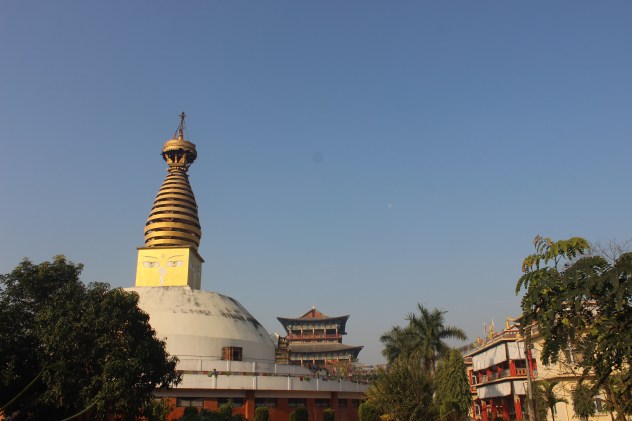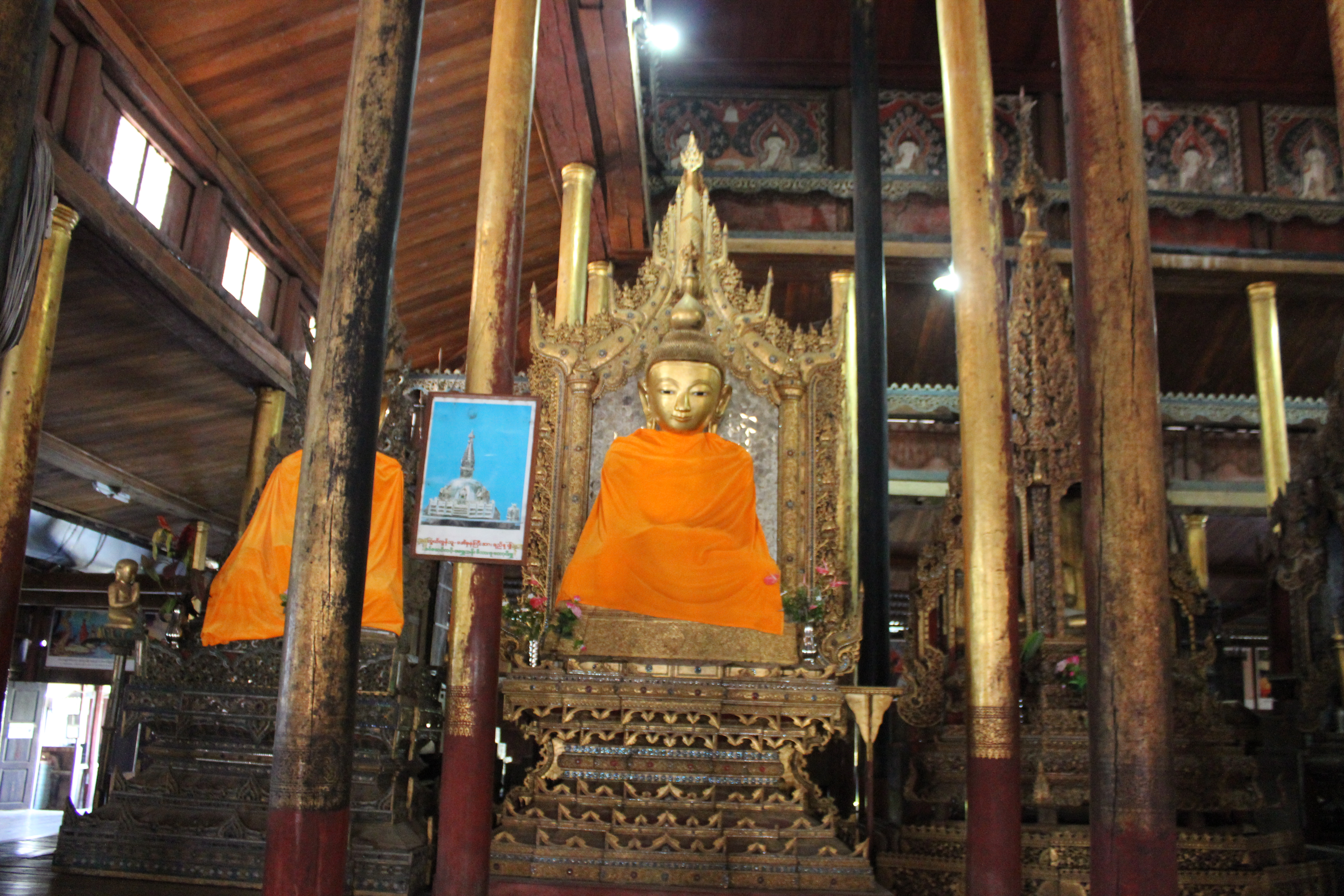Buddhism: Meditation, not Mysticism…
Buddhism was never intended to be mystical. Buddha was very rational in his take on life and suffering. Any mysticism came later, mostly in the Vajrayana Buddhism of Tibet that came directly from India, not China, and which had taken firm hold in that country by the Eight Century CE. And while that ‘school’ of Buddhism is often included in the Mahayana tradition which traveled through, and was greatly influenced, by China, such is not the case with Vajrayana, which derives from a later, maybe the last, Indian Buddhist tradition, before it succumbed to the coup de grace by the invasive Mughals, after centuries of losing ground, and followers, to the Brahmanist Hindus.
About the only thing that all the Mahayana schools have in common, in fact, is that they are not of the original Theravada tradition, which originated in India and found fertile ground in southeast Asia, mostly. And if the Vajrayana tradition is famous for its multiple levels of heaven and hell, its Tantric yab-yum, mudras and mantras, then Theravada (aka Hinayana), is best known for its lack of all that, and concentration on meditation, especially, to the extent that it’s sometimes known by that most famous meditation technique Vipassana. Meanwhile the Mahayana Buddhism of China is probably best defined by its transcendent Buddha and the vast Emptiness of reality, both more recent developments.
Many famous Chinese monks, Fa Xian and Xuanzang foremost among them, even made long arduous trips to India just to get it right, like Charlemagne realizing his 8th century French language wasn’t proper Latin. And mostly I believe that meant learning meditation, and some other disciplines, which Theravada monks usually excel at, and Chinese monks often suck at—to this day. In fact, I didn’t really even know what meditation was until I attended some Theravada-based meditation retreats in Southeast Asia, intended for Asians, not Westerners. When you see a layman sitting silent unflinching for two or three hours lost in no-thought: that’s meditation. The monks are even better at it. Now I get it. Get it.










 All three major international religions have carried their original premises to ridiculous extremes, along with their adherents, whether cause or effect, those original premises all quite similar, and compatible, variations on the themes of love, righteousness, and perseverance, each with a different focus, Christianity on the love, Islam on the righteousness, and Buddhism on the perseverance…
All three major international religions have carried their original premises to ridiculous extremes, along with their adherents, whether cause or effect, those original premises all quite similar, and compatible, variations on the themes of love, righteousness, and perseverance, each with a different focus, Christianity on the love, Islam on the righteousness, and Buddhism on the perseverance… Theravada Buddhism has it easy, when it comes to dhamma (dharma) talks, just pull out the old mind-kilesa-breath-nose-navel-‘Buddho Buddho Buddho’ playbook, rinse and repeat, hard to screw up unless you want to get into the murky afterbirth of past lives and kamma (karma), doing Yogic headstands and plotting Ptolemaic cosmic epicycles, trying to explain how anatta (non-self) somehow gets reborn, when there really is nothing there to begin with. But still they do. It’s embarrassing, especially when some of the same ones…
Theravada Buddhism has it easy, when it comes to dhamma (dharma) talks, just pull out the old mind-kilesa-breath-nose-navel-‘Buddho Buddho Buddho’ playbook, rinse and repeat, hard to screw up unless you want to get into the murky afterbirth of past lives and kamma (karma), doing Yogic headstands and plotting Ptolemaic cosmic epicycles, trying to explain how anatta (non-self) somehow gets reborn, when there really is nothing there to begin with. But still they do. It’s embarrassing, especially when some of the same ones…
Reply